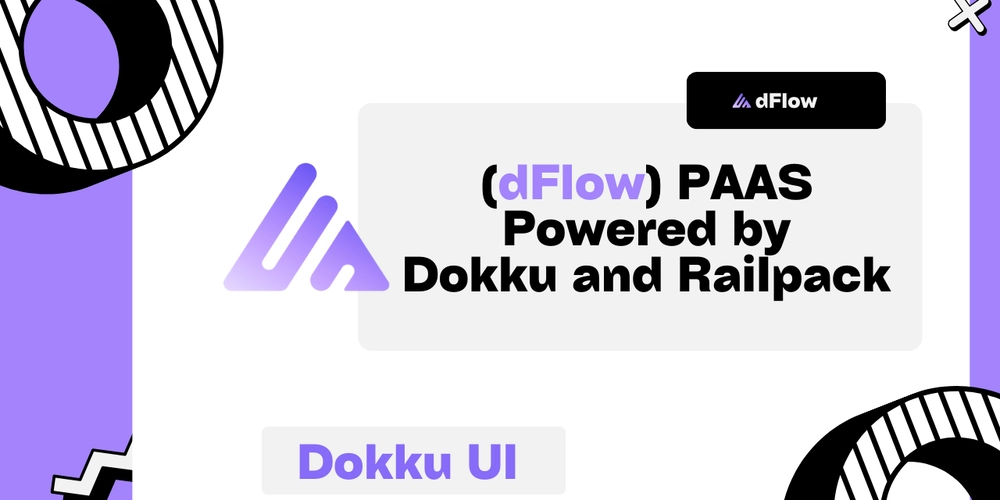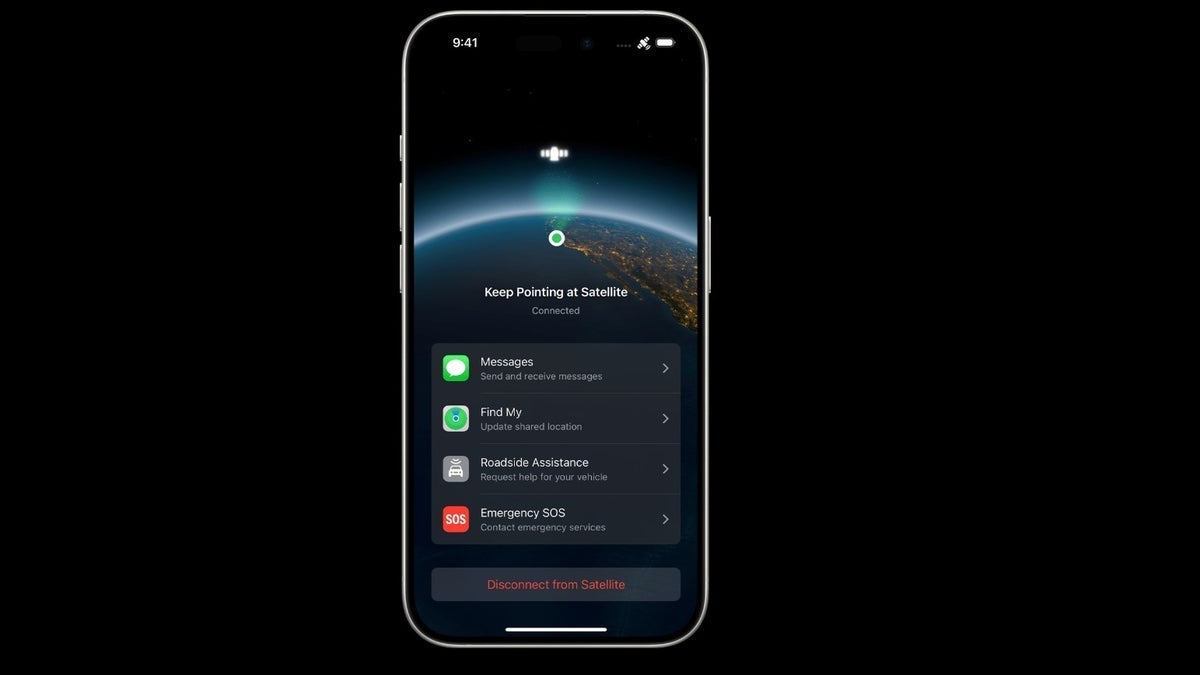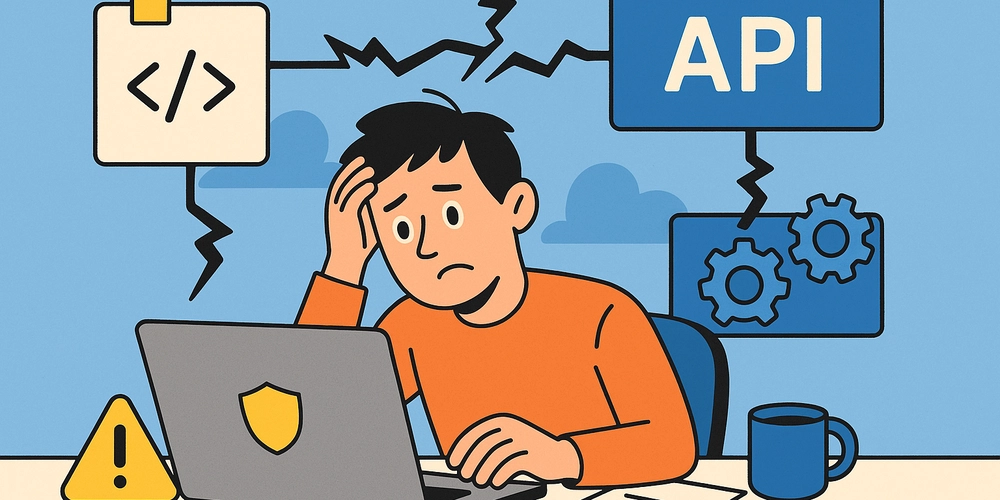Is Java or Python Better for Full-Stack Development?
When it comes to full-stack development, both Java and Python are widely used, each offering unique advantages depending on the project requirements. Java is a statically typed, object-oriented language known for its robustness, scalability, and large ecosystem, making it ideal for large-scale enterprise applications. It is often used in combination with frameworks like Spring Boot for backend development, offering high performance and strong security features. On the other hand, Python is a dynamically typed, high-level language known for its simplicity and readability, which makes it an excellent choice for rapid development. With frameworks like Django and Flask, Python enables the creation of powerful web applications quickly, allowing developers to focus more on solving business problems rather than dealing with complex syntax. For frontend development, JavaScript remains the dominant language, with frameworks like React and Angular being popular choices. However, Python's versatility allows it to be used for both backend and data science purposes, with libraries like Pandas and NumPy for analytics and machine learning. Java excels when it comes to performance in large, high-traffic applications, while Python is often preferred for projects that require quick prototyping, ease of use, and integration with machine learning models. Ultimately, the choice between Java and Python for full-stack development comes down to the specific needs of the project. If performance, scalability, and enterprise-level applications are the focus, Java is the better choice. If ease of use, flexibility, and rapid development are the key priorities, Python is the way to go. Both languages have strong communities and support, making them both solid options for modern full-stack development.

When it comes to full-stack development, both Java and Python are widely used, each offering unique advantages depending on the project requirements. Java is a statically typed, object-oriented language known for its robustness, scalability, and large ecosystem, making it ideal for large-scale enterprise applications. It is often used in combination with frameworks like Spring Boot for backend development, offering high performance and strong security features.
On the other hand, Python is a dynamically typed, high-level language known for its simplicity and readability, which makes it an excellent choice for rapid development. With frameworks like Django and Flask, Python enables the creation of powerful web applications quickly, allowing developers to focus more on solving business problems rather than dealing with complex syntax.
For frontend development, JavaScript remains the dominant language, with frameworks like React and Angular being popular choices. However, Python's versatility allows it to be used for both backend and data science purposes, with libraries like Pandas and NumPy for analytics and machine learning. Java excels when it comes to performance in large, high-traffic applications, while Python is often preferred for projects that require quick prototyping, ease of use, and integration with machine learning models.
Ultimately, the choice between Java and Python for full-stack development comes down to the specific needs of the project. If performance, scalability, and enterprise-level applications are the focus, Java is the better choice. If ease of use, flexibility, and rapid development are the key priorities, Python is the way to go. Both languages have strong communities and support, making them both solid options for modern full-stack development.
































































































































































![[The AI Show Episode 143]: ChatGPT Revenue Surge, New AGI Timelines, Amazon’s AI Agent, Claude for Education, Model Context Protocol & LLMs Pass the Turing Test](https://www.marketingaiinstitute.com/hubfs/ep%20143%20cover.png)


























































































































![[DEALS] Koofr Cloud Storage: Lifetime Subscription (1TB) (80% off) & Other Deals Up To 98% Off – Offers End Soon!](https://www.javacodegeeks.com/wp-content/uploads/2012/12/jcg-logo.jpg)
























![Is this too much for a modular monolith system? [closed]](https://i.sstatic.net/pYL1nsfg.png)




















































































































_roibu_Alamy.jpg?width=1280&auto=webp&quality=80&disable=upscale#)



 CISO’s Core Focus.webp?#)





































































































![iPadOS 19 May Introduce Menu Bar, iOS 19 to Support External Displays [Rumor]](https://www.iclarified.com/images/news/97137/97137/97137-640.jpg)

![Apple Drops New Immersive Adventure Episode for Vision Pro: 'Hill Climb' [Video]](https://www.iclarified.com/images/news/97133/97133/97133-640.jpg)







































































































